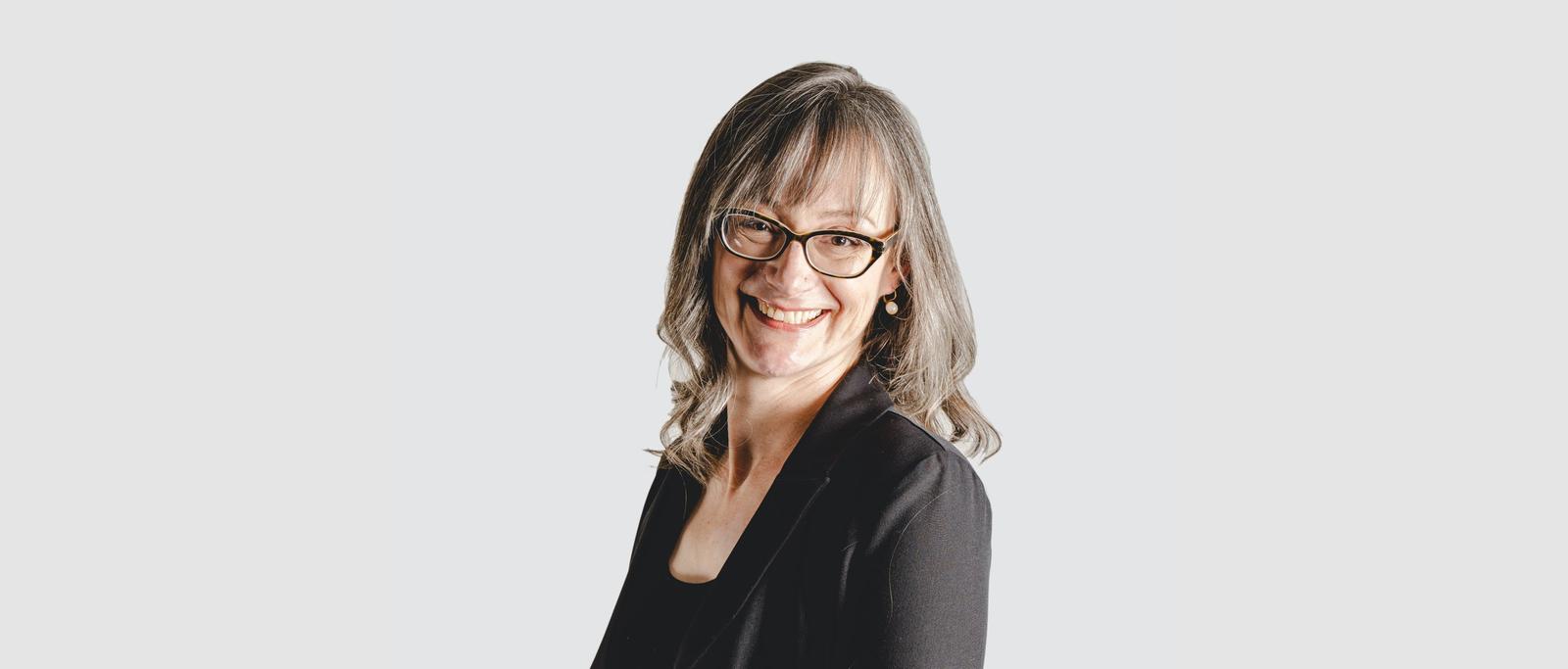
Sarah Plantenberg
Design Principal,
IBM Garage
↓
By way of introduction, I’ll quote Carl Jung: “The creation of something new is not accomplished by the intellect but by the play instinct acting from inner necessity.”
This quote illuminated for me a consistent pattern in both my personal and professional life. I take great satisfaction in that place where the ideas we create and harvest solve deep and profound problems. When you learn to move with intention in the intersection between need and play, it feels like the creative equivalent of splitting an atom. That’s my happy place.
The development of the design practice in the IBM Garage, and the work with Rachel Reinitz and team building out the Garage, was both my greatest design challenge and greatest achievement to-date, though there are some pretty interesting things on the horizon. That role provided opportunities to make comprehensive use of design in ways I had not yet had at IBM. Design was able to impact many aspects of Garage business, including integration with squads, the use of lean concepts in workshops and day-to-day design, our early offerings, go-to-market, and the Garage brand.
The most rewarding contribution to the Garage was the development of an incredibly high-performing design team with a collection of very diverse skills. To this day, the team shares a strong set of core values, which is incredible to see five years later. We needed more than designers of apps; we needed a team that could sense and respond and evolve the practice as our clients’ understanding of cloud and the Garage Methodology evolved.
A great contributor to anything I might have achieved was the ability to work with a stellar team of talented, intuitive, passionate people to whom I will always be profoundly grateful.
In short, demonstrate. Broadly speaking, men and women can think differently, and there are many ways to get to great business outcomes. Despite working in structures and communication styles predominantly suited to men, I choose work in ways most suited to my capabilities. I also recognize that when a story unfolds differently than expected. By that I mean when I’m not working in “expected” ways, it is incumbent upon me to draw people through the arc and demonstrate any new, additive value. This takes time, compassion, and iteration, but I believe it makes space for women to do their best work.
I follow this up with mentoring. I help women dissect how they got great outcomes by going back through their work with them to understand why something worked. Doing this will illuminate areas of their practice that may have been a black box. This gives them more control of their practice. It also helps women designers weave those threads into their outcomes and educate those around them. This builds trust in the individual, builds trust in the process, and opens minds to new ways of working.
Recently I worked with a team trying to understand how to win back clients who have had invested millions of dollars in a competitor’s cloud solution. IBM’s technology is far superior, and yet the wins weren’t easy. This became a design challenge. I credit my manager for giving me the space to try and prove this.
I did three hours of research and found a nugget: the human factors involved for our clients when considering a major, strategic change. In short, when proposing a conversation about a change in cloud strategy, IBM teams reported that their clients felt IBM was only after a sale, not caring about the disruption a change to IBM technology might cause.
The full report was given to the executives. I also included an overview of Systems 1 and 2 of decision-making, Daniel Kahneman’s work as a means of “shining a light into the black box” that I mentioned earlier. This created trust for the process and the data. Now that the team understands the client experience, they can manage that with intention and consider the human factor in what originally appeared to be a conversation predominantly about technology.
Acceptance and ease.
Much ink has been spilled about how the expectations of women differ from those of men. This is especially true when it comes to the things like the definition of success, how we perceive drive, allowable emotions and language, communication styles, and more. And even more ink on how to help women work in a world constructed and measured by men.
Depending on the environment in which one works, being a driven, high-performing woman can come with some specific tradeoffs. Women rather freely speak about this behind closed doors. On multiple occasions, women have mentored me to one, be aware that my success might feel more threatening to men than that of a male colleague, and two, make sure I’m enjoyable to work with. Note, not neutral but enjoyable, by the men around me, lest I risk alienation. The (barely) unspoken message is that there is an order, a “way” of doing things. This has eased a bit in the last few years, but in the past, women and men were coming to the same office and entering two different work environments.
We cannot escape the fact that the interactions and thus expectations of men and women have been shaped over millennia, so this stuff can be deeply ingrained. It is my hope that we are all working on our unconscious biases and challenging ourselves to grow.
Read some of these profiles with men in your group and discuss. What does it feel like to come to work as men/women? How can you partner to make a difference?
Reach out to me—I’d love to keep working on this.